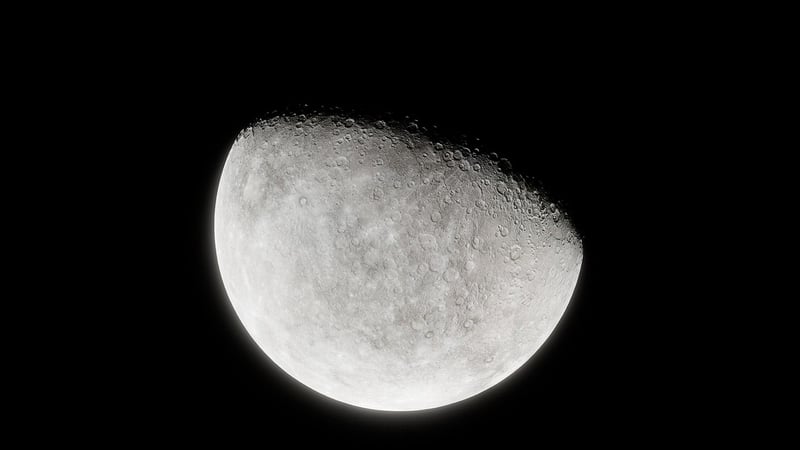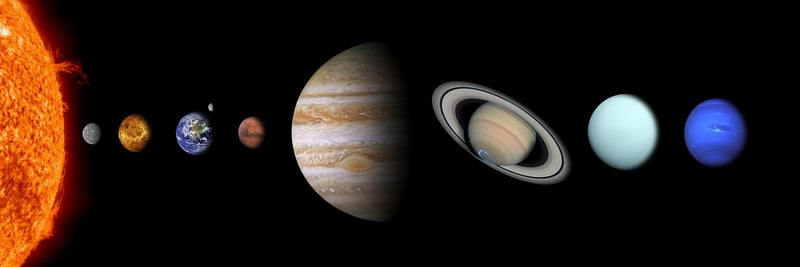Visit Jupiter
Exploring the Wonders of Our Solar System
Introduction
Have you ever looked up at the night sky and wondered about the mysteries of our solar system? From the fiery surface of Mercury to the icy plains of Pluto, each planet offers a unique glimpse into the vastness of space. In this article, we will take you on a journey through some of the most fascinating planets in our solar system, with a special focus on the giant planet, Jupiter.
The Inner Planets
Mercury, Venus, Earth, and Mars make up the inner planets of our solar system. Mercury is the closest planet to the sun, while Mars is known for its red surface and potential for human exploration in the future.
Mercury
Mercury is a rocky planet with extreme temperatures, ranging from scorching hot to freezing cold. Its surface is covered in craters and has a thin atmosphere, making it a harsh environment for life as we know it.

Mars
Mars, often called the Red Planet, has captured the imagination of scientists and space enthusiasts alike. With its dusty terrain and polar ice caps, Mars is a prime candidate for future human missions to explore and potentially colonize.

The Outer Planets
Jupiter, Saturn, Uranus, and Neptune are the gas giants of our solar system, each with its own set of rings and moons. Jupiter, the largest planet in our solar system, is a behemoth of swirling gas and intense storms.
Jupiter
Jupiter is known for its Great Red Spot, a massive storm that has been raging for centuries. With over 79 moons and a stunning system of rings, Jupiter is a must-see destination for any space enthusiast.

Conclusion
Exploring the planets of our solar system offers a glimpse into the incredible diversity and beauty of our cosmic neighborhood. Whether you're fascinated by the rocky terrain of Mars or the swirling clouds of Jupiter, there is something for everyone to discover in our solar system.
So pack your bags, hop on a spaceship, and get ready to embark on an adventure through the wonders of space!
For more information on Jupiter, you can visit the official NASA website.
